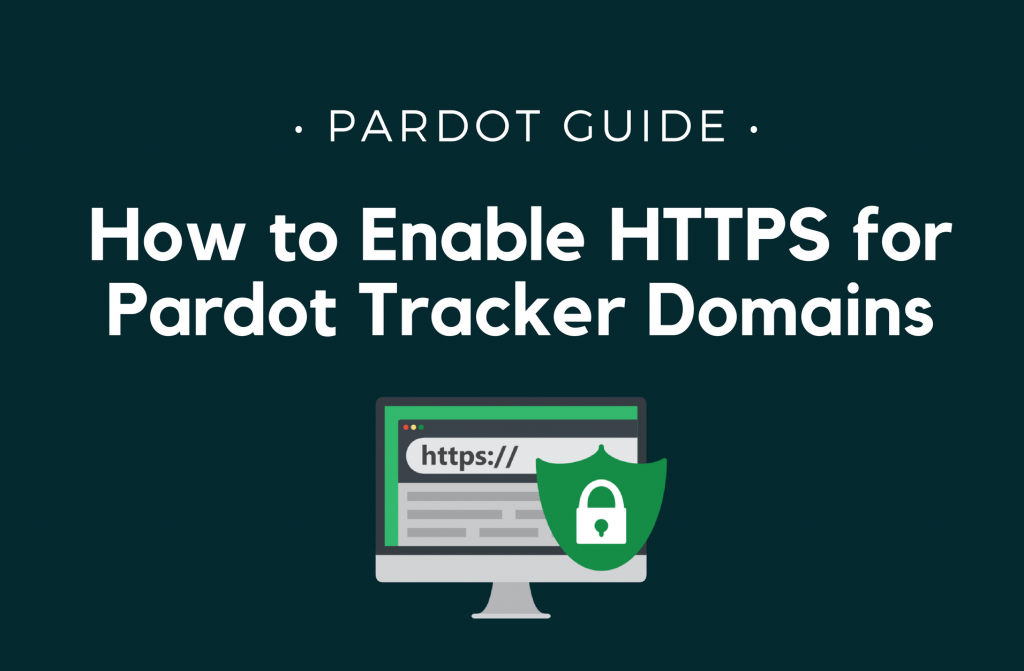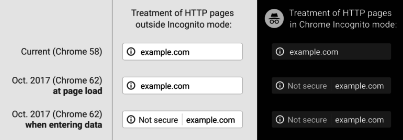
Pardot has recently announced that SSL for its vanity domains (tracker domains) is now available. But what does it even mean and what are the benefits?
What is https?
Hyper Text Transfer Protocol Secure (https) is the secure version of http, the protocol used for communication between your browser and the website you are connected to. The “S” at the end of https stands for “Secure”, meaning that all communication between your browser and website are encrypted. It is often used by websites to protect highly sensitive online transactions, such as online banking or shopping.
Benefits of https
Data which is sent over regular http connections is in “plain text”. Any hacker who manages to break into the connection between your browser and the website can read this information. If this data is an order form with sensitive information such as your credit card details, you might be soon finding yourself paying for a trip to Hawaii you never booked or the latest Gucci handbag.
A https connection protects you from these experiences. Even if somebody managed to break into the connection, they won’t be able to read the data passing between your browser and the website as it’s encrypted.
The major benefits of https are:
- Encrypting data, communication and customer information, like credit card and browsing information
- Authenticates the website and server communication – visitors can verify a registered business and domain ownership
- Customers are more likely to trust and complete purchases from sites that use HTTPS
- Avoiding damage by third parties
SEO Advantages of https
What’s important to users is also important to Google – already at a conference in June 2014, Google called for “HTTPS Everywhere”.
SEO and other benefits of switching your website to https are:
- Increased rankings – having your website secured with https is a major ranking factor for Google.
- Referral data – if you are using Google Analytics for your http site, referral traffic sources can be marked as “direct” traffic. With an https site, the security of the referring domain will be maintained.
- Since October 2017, Google marks http sites as “not secure”, whereas https sites get a padlock in the address bar – by publicly showing that a site is not secure, visitors might choose to leave the site for that reason.
How to enable https for your Pardot vanity (tracker) domain
Now, have you gone ahead and secured your website and would now like to enable it for your Pardot tracker domains too in order to avoid the “mixed content” warnings in Moz? Here’s how:
-
- Log into Pardot and navigate to Admin > Domain Management.
- In your tracker domain section, click on the settings icon at the end of the tracker domain and choose “Enable SSL”.

- The SSL certificate is typically ready within 15 minutes. The process is complete when the value in the SSL Status column changes from Processing to Enabled.
- Once the certificate is ready, you can set the domain to “Default to https” by clicking on the settings icon again.

- The tracker domain for all assets built in Pardot will then start with https. For form handler, you still have the opportunity to choose between http and https – however, if your website is https, it is recommend to also choose the https option for the form handler.
IMPORTANT NOTE: Before setting your domain to default to SSL, resolve all cases of mixed content in your marketing assets. If any of your resources load over HTTP and the page is loaded over HTTPS, your page doesn’t render correctly, and visitors receive security warnings.
You can find Pardot’s help article here



